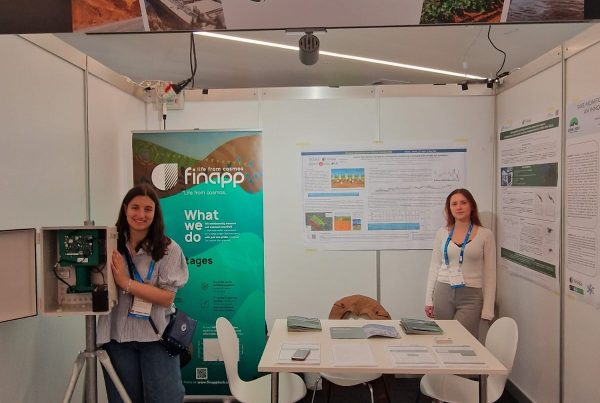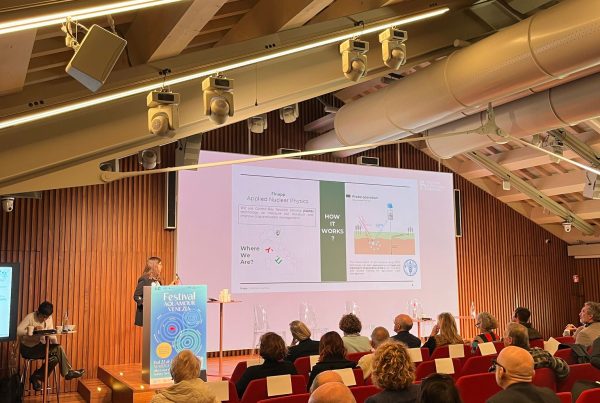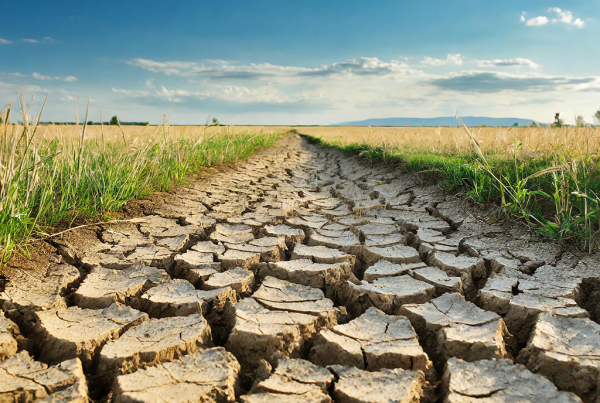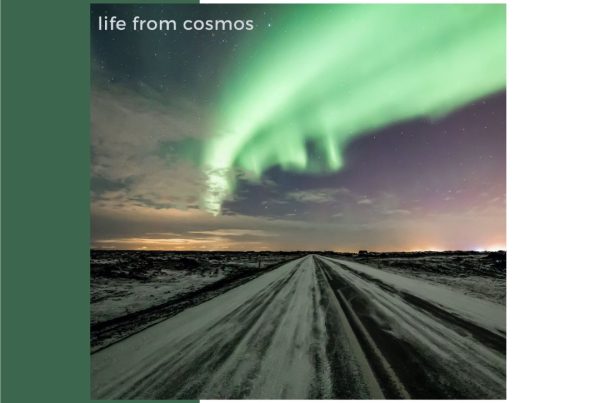
Soil water content (VWC) is fundamental for assessing environmental risks (landslides, wildfires, floods), but its spatial variability makes estimation difficult. Point sensors are local and difficult to install, satellites have limited resolution, and hydrological models require continuous validation. The CRNS (Cosmic Ray Neutron Sensing) method provides a non-invasive estimate of VWC over large volumes with good temporal resolution. In this study, we present a landslide-prone site monitored by sensors, models, and early warning systems, where a CRNS probe has been operational for two years. We compare the different approaches, highlighting the importance of field validation.








